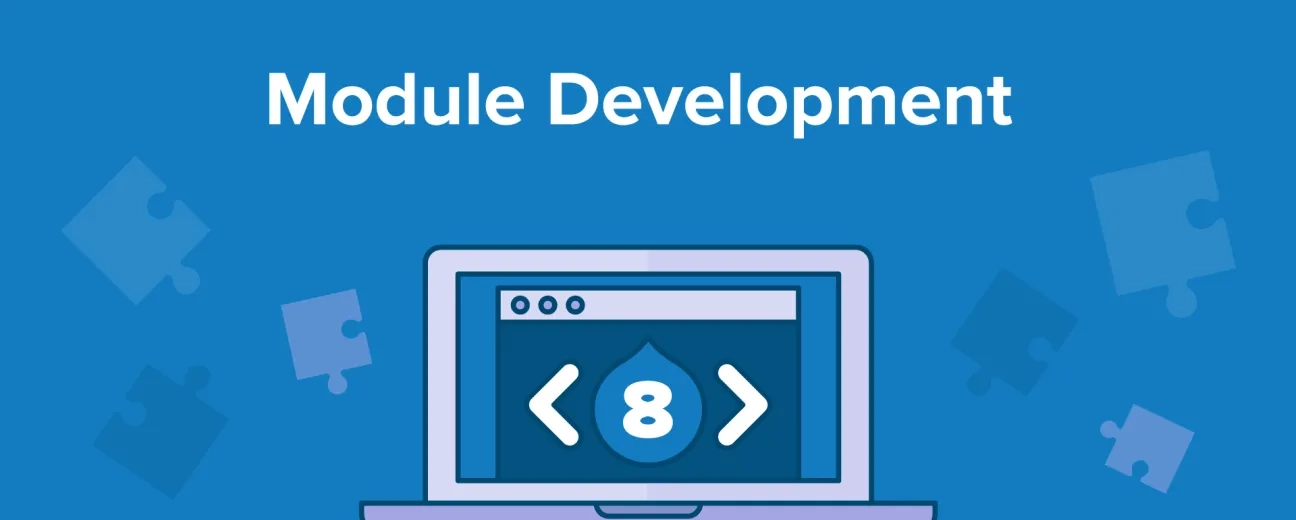
We’re excited to hear your project.
Let’s collaborate!

Just like anything and everything else, Drupal also has a learning curve.
Until you had mastered the techniques, tools and options it offers, got familiar with the best Drupal themes and have a good sense of knowing what you’re doing - mistakes are going to happen.
Which is the reason we’re publishing this article - to minimize those mistakes and help you get ahead of the game. So, without further ado, let’s get to work and cover the main pitfalls that await when creating Drupal modules.
Too Code Heavy
The main goal of a module is to simplify things. When a module is created, it will compete with tens of thousands of other modules that are already there and those that are coming out right now. Look for shortcuts to streamline and make your process more efficient. If it’s too long to read, it may be too long to write.
Cumbersome Modules
Keep it simple. One module that does one thing well is easy to understand and a pleasure to use. A module that tries to do too many things at once may be cumbersome, inefficient and frustrating to users. Moreover, producing 10 modules with one function each will take less time than coding one that does all 10 things all by itself. Workflow problem solved!
Ignoring Drupal Core API
Drupal module development best practices hinge on using the core API. It makes things easy, fast, comfortable. And yet, there are developers who somehow manage to avoid it. You should generate links using l(), static strings should be passed via t() and so on. It makes your code easy to maintain and consistent with Drupal’s internal logic. Make sure to always use it.
Not Using Caches
Caching policies should be your standard practice from the very first stages of the project. There are so many cache-related bugs which can be avoided this way, you’d be surprised how much easier it becomes once you start doing it.
Neglecting Inter-Module Integration
When you install Drupal modules, you want them not just to work independently, but together as well. You need to make your modules work with other entities, permissions, views and domains. This integration will result in a more cohesive website that doesn’t snag on itself when trying to do work that involves modules interaction.
Want to know more about how to create modules in Drupal 8? Let’s talk!
We’re here for you.

We’re excited to hear your project.
Let’s collaborate!